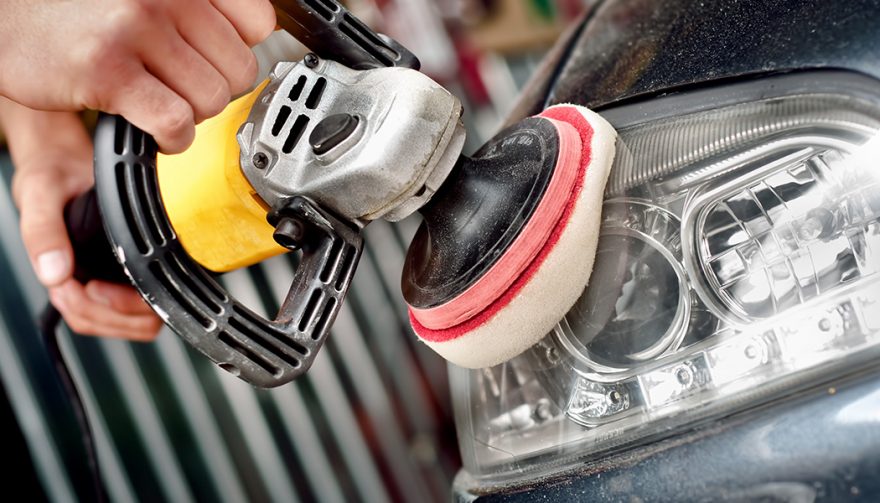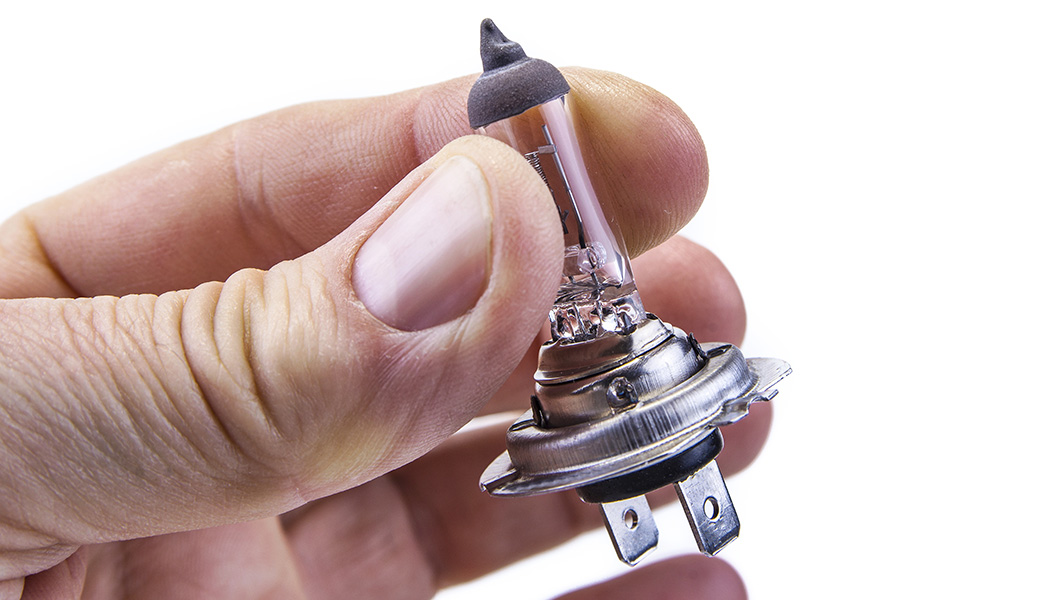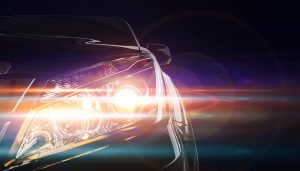
You might not think about your headlights until one or both of them fail. Then it might be too late. Learn how to restore headlights and see better
Decoding Bulbs and Curing Foggy Lenses: How to Restore Headlights in Your Ride
Headlights are one of those essential components of your ride that you really don’t think about until one or both starts to fail. Right about then, when you can barely make out the road at night, you start thinking about replacement, how much is the bulb and will you have to have a mechanic install them.
Driving with a burned-out headlight is an obvious no-go. Not only will you seriously hinder your ability to navigate at night, but you will stand out like a “one-eyed bandit.” You know there’s a sheriff’s unit just waiting to reward you for your poor judgement with an expensive citation. Driving with a headlight bulb that is dimming can be equally dangerous. Your visibility will be reduced, oncoming traffic won’t be able to see you as well, and you will likely discover the true meaning of “outrunning your headlights.” So why risk it when you can learn how to restore headlights and see better.
When to Replace Headlight Bulbs
As a general rule, when one bulb goes bad, the others will follow in short order. And bulbs get dimmer as they get older anyway. When you replace one burnt out or fading bulb, go ahead and replace its partner(s) at the same time. In most newer vehicles, a single bulb serves as both low and high beam. In older cars, there will actually be two lights per lamp to perform that function. So, when you are restoring your night vision, be prepared to buy two or four bulbs rather than just the one.
Replacing all the bulbs at the same time as part of how to restore headlights also ensures that you have a consistent field of light not only in distance but in “temperature” or color of the light emitted.
Types of Headlight Bulbs and Ease of Installation
For decades the only kind of headlight bulb used in U.S. automobiles were halogen. These bulbs heat up a tungsten filament surrounded by halogen gas and generate about 1,000 lumens of comfortable yellow light. Then in 1993 BMW changed the headlight game by introducing the first High Intensity Discharge (HID) bulb. That was followed by an improvement in the tungsten bulb. Halogen was replaced by xenon, a gas that actually adds light to the tungsten filament. A decade later, Audi brings out the first bright white light LED headlight. And now, we have decorative lighting with Cold Cathode Fluorescent Light (CCFL) halo headlights.
In reality, the only kind of headlight bulb you are likely to change when you learn how to restore headlights are halogen and HID bulbs. If you have a car with xenon or LED lights, the things will last longer than the vehicle (10,000 to 30,000 hours).
Changing out halogen “capsules” is a piece of cake. Generally speaking, you access the bulb from inside the engine compartment. You disconnect the power cord to the bulb, pull the bulb, insert the replacement and plug it back in. The HID bulbs can be serviced much the same way. The difference is you have to disconnect the leads to the high voltage ballast, and then disconnect the power. There is a minor risk of electrocution. Luck be a lady tonight.
Of course, if you have a projector lens, where the bulbs are actually facing backwards and reflecting off a projector shield, you may want someone who knows what they are doing to change the bulbs.
The Bulbs are Fine but the Lens is Cloudy
Do your headlights look like they are suffering from some strange automotive eye disease? Are the lenses a milky white? Foggy lens is not an unusual condition on older cars. After years of exposure to UV rays, road debris, grit and grime, the plastic starts to degrade and lose its clear appearance. You see these white eyes everywhere on older junkers and BMWs alike. And the condition has spawned an entire industry of “permanent” defogging kits aimed at making your headlights look like new forever.
Take it from this writer who has “permanently” fixed the cloudy lenses on a 2001 Chrysler Sebring convertible four times over the past six years, there is no such thing as a permanent fix.
Here’s the thing about how to restore headlights and fixing cloudy headlight lenses. You are essentially resurfacing the plastic lens and you do that by wet sanding the lens with progressively finer sandpaper until the plastic is a smooth as a baby’s butt. The more effort you put into the sanding the better the results and the longer your “permanent” fix will last.
Keep the Faith
The first time you try this you are going to think you are making the lens worse. White stuff will be streaming off the lens and the lens itself will turn chalky. That’s actually a good sign. You are breaking up the layer of UV damaged plastic. With sufficient sanding, you will get to “like new” undamaged plastic.
When you get to that point it’s a question of how you apply a layer of clear coat paint on the lens. The kits will have applicators. If you DIY you’ll need to mask off the paint and plastic areas near the headlight. Use a clear coat for plastic spray paint that is UV resistant. If you are spray painting, you want to put down three light coats.
After a day to cure, wax and buff the lenses and be prepared to be amazed. They’ll look brand new and you’ll be able to see (and be seen) at night again! That’s how to restore headlights the right way and help turn night into day.






